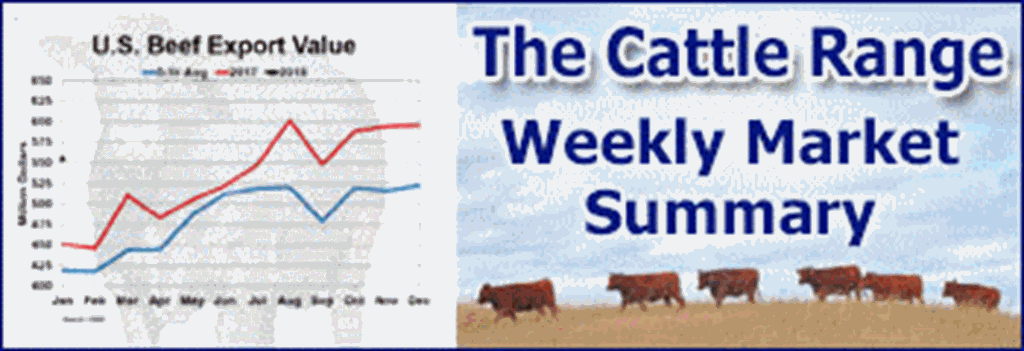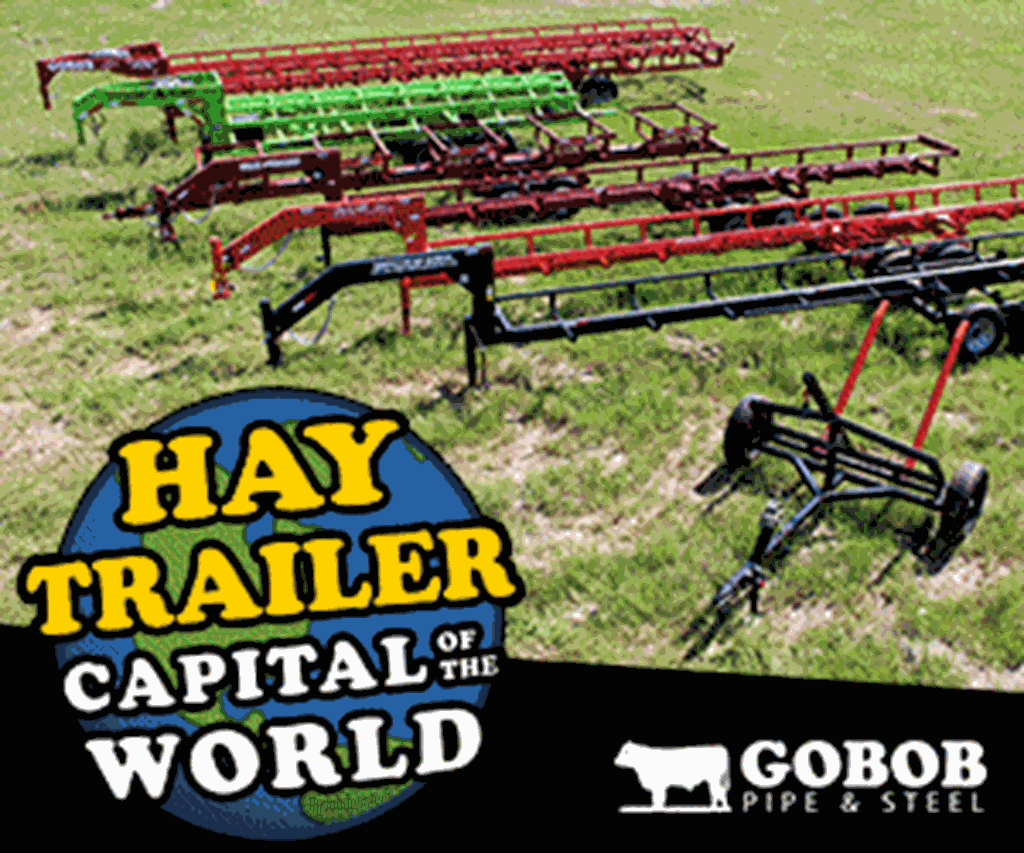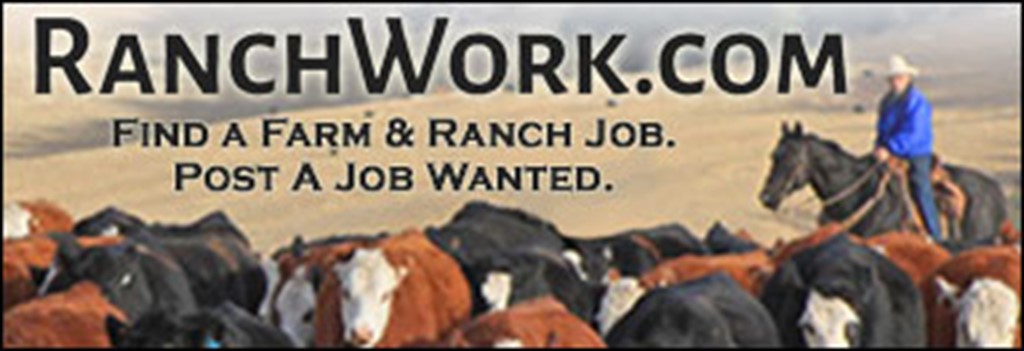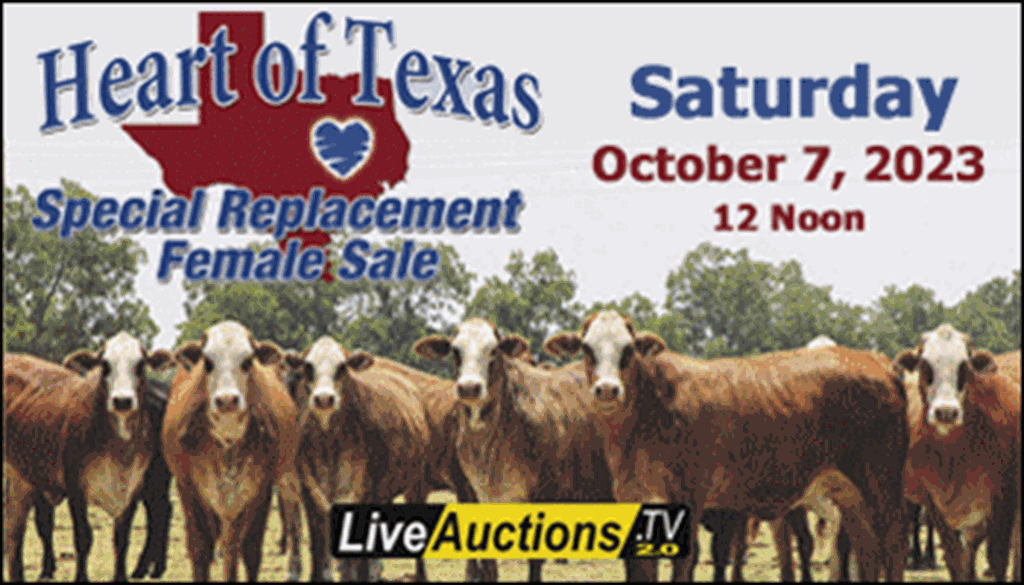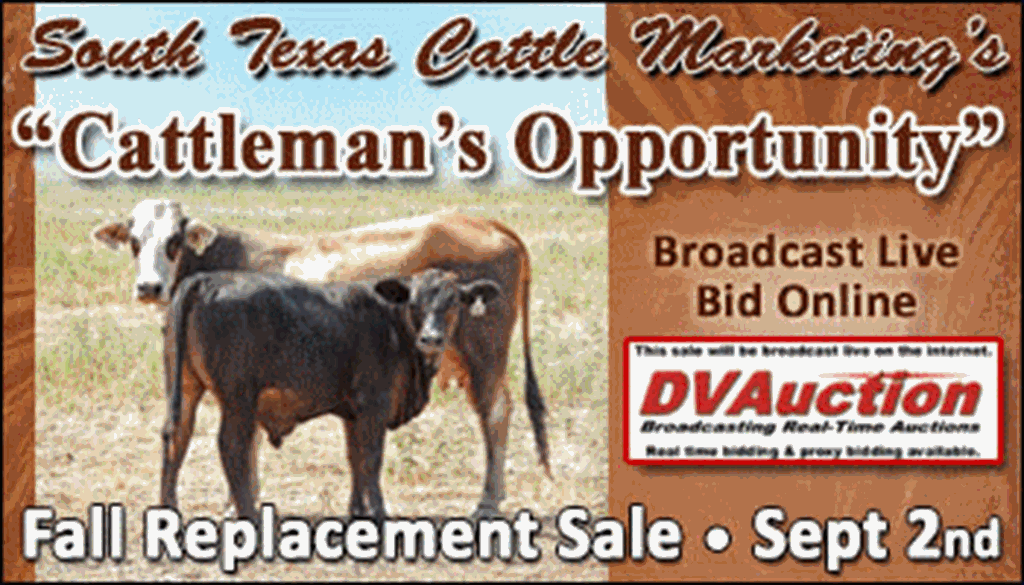Johne's Disease...
An Emerging Problem for Beef Cows
For many years Johne’s (pronounced “YO-NEES”) Disease has been recognized as a significant problem in dairies throughout the Midwest, across the United States , and around the world. Over the last decade scientists and veterinarians in Oklahoma have become increasingly aware of this problem as an emerging disease in beef cows. Most beef producers have either never heard of it or may be familiar with the name only. Is it a significant problem? Consider that there is no treatment, it is almost impossible to eradicate, the number of infected herds is growing, and it can spread in your herd for years before showing up as a clinical disease.
Nobody seems to know the incidence rate of Johne’s in Oklahoma beef herds, but the diagnostic lab at Stillwater reports that it is not uncommon. It has been more prevalent in dairies because of more intensive management and more animals on fewer acres. Many of today’s more intensive grazing programs such as rotational grazing, and the extensive use of cultivated grass pastures such as Bermuda and fescue that incorporate higher stocking densities may be contributing to the increasing occurrence of the disease. Seed-stock operations where calves are raised in more closely managed, confined situations are certainly at risk. Cattle operations (such as stockers and feedlots) may not see signs of the disease, even though some of the cattle were infected as babies. If however, the infected stocker heifer is kept as a replacement, she may have clinical signs of Johne’s disease when she reaches adulthood.
The causative agent, Mycobacterium paratuberculosis , almost always enters your herd when you unknowingly purchase a carrier animal. Animals are infected early in life by eating or drinking fecal contamination, nursing dirty udders, or getting the organism by shedding from their mother in the milk and especially in the colostrum. The disease has a long incubation period and the organism is not usually found until at least 1½ to 2 years of age.
Even then it usually lies dormant in the cows system for years while she appears normal but is infecting her calves and serving as a low level carrier for other susceptible animals in the herd. The infection may never cause clinical disease or it may at some point in the animal’s adult life wake up and cause a clinical problem. Clinically the disease is manifested as a steadily worsening diarrhea and chronic weight loss that eventually becomes debilitating emaciation. There is no treatment and all of the clinically sick animals eventually die from loss of fluids and electrolytes from the intestinal tract. These sick animals are super carriers, shedding large numbers of bacteria into the environment to introduce infections that may not show up for years in other animals.
Many times Johne’s Disease is diagnosed at the slaughter house when meat inspectors see the lesions in the gut and stain microscopic sections to find the organisms. Tests for living animals include a test performed on blood serum and culture of the feces to find the organism. The serum test is not perfect, but it is relatively quick and easy and makes a good screening test. Fecal culture takes longer and costs more but is definitive for confirming the disease. Because the disease takes so long to develop, the Oklahoma Animal Disease Diagnostic Laboratory doesn’t recommend testing animals under 1½ years of age.
